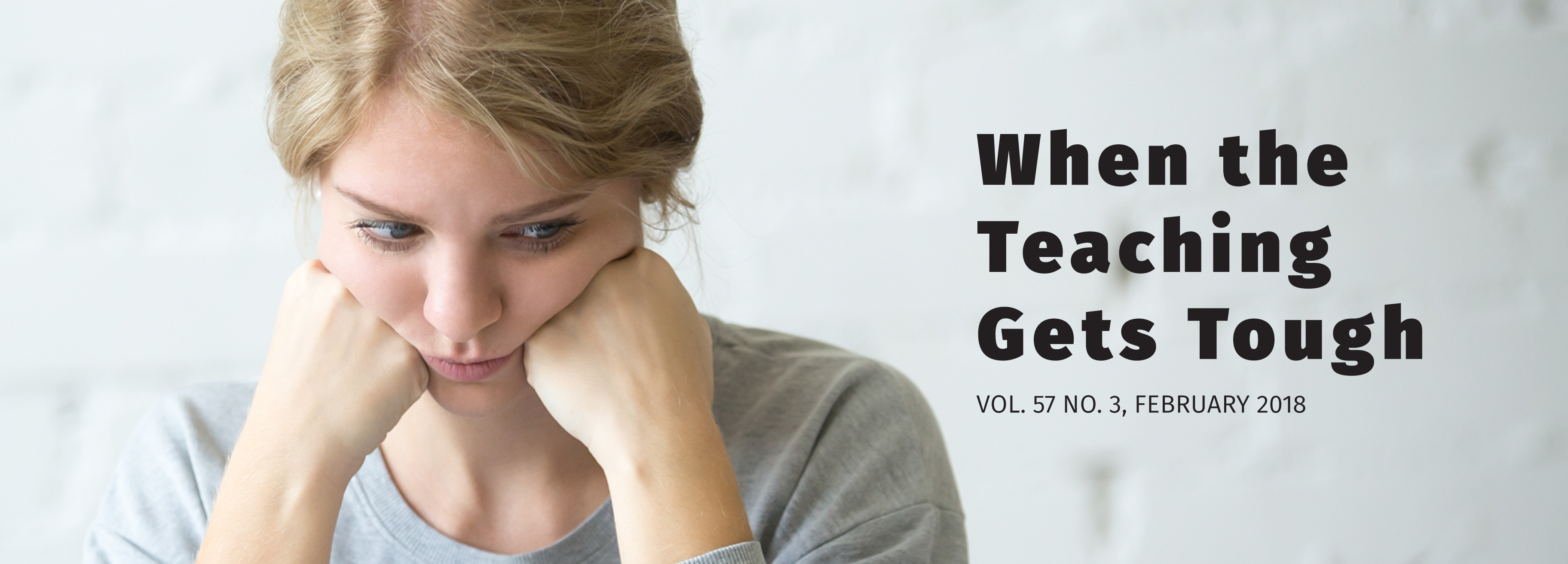I recently turned 41. Calling to wish me a happy birthday, my mom reminded me (again!) that when I was born, my grandparents were visiting family in the Netherlands. My dad sent them a telegram to tell them that all went well: “Mother and baby are doing well. Stop. His name is Aaron Isaac. Stop.” Seriously. They sent a telegram. Today, it could have been a text, an email, a Snapchat, a Facebook post, an Instagram photo, a call from a cell phone with an international calling package, or any other number of tech tools to get the word across the Atlantic. The message could ping off a satellite in space and be across the world in less than a second.
Communication technology has moved at a torrential pace in the last half century. Some of it is beautiful in the potential it holds and the opportunities it creates. For example, I communicate with close friends in West Africa over crystal clear cell phone calls with absolutely no time delay. I can access any of over 1 billion websites on the internet in seconds from my handheld smartphone, including providing updates to my own ministry website. Or I can donate money to a pressing global crisis via a simple text message. Information and communication are so close at hand, and, as a result, so is the possibility of faster global transformation.
But life-giving transformation isn’t the only thing readily accessible. Sadly, I can also access any of the thousands of webpages containing pornography just as quickly and easily. Rapid access to information can lead to activities that steal rather than give life, and so, tragically for many, our ability to navigate the difference between the two always lags behind real life experience. In other words, when it comes to porn, our children are society’s crash-test dummies who the world is only beginning to learn from. Through my experience as a college chaplain, meeting regularly with 18- to 23-year-olds and leading workshops and soliciting feedback from thousands of middle and high school students, I am completely convinced that porn is this generation’s version of smoking.
What do I mean by that? Soon after the invention of the automobile, we learned rather quickly that everyone should be assessed in some form or another before being given a 3,000-pound mass of steel that can hurtle down highways at high speeds. Someone could get hurt! However, we regularly, and without much reservation or education, place literally billions of webpages worth of information (and misinformation) in the hands of our kids at younger and younger ages. As a result, the average age of first exposure to hardcore pornography is now less than 11 years old (Duke, “‘Epidemic’ Growth”). (And notice I said hardcore porn, as in bestiality, group sex, rape, incest, or worse.) Our kids are digitally experiencing what they do not even have the vocabulary to describe yet.
The Effects of Porn
I recently led a workshop in a local middle school where I asked everyone to raise their hands if they had seen porn. Nearly all of them raised their hands. Immediately afterward, I asked them if they could define sex. Almost no one could. Two things struck me about this quick survey:
- Most middle school students didn’t even know that they should be embarrassed or reserved about their porn exposure. But this tracks directly with what the data is showing us. Barna’s landmark comprehensive 2016 study, “The Porn Phenomenon,” revealed that only 32 percent of teens and young adults (13- to 24-year-olds) even regarded porn as wrong. In fact the same study reported that a much higher percentage (56 percent) were more offended by a friend who didn’t recycle than by one watching porn (see “Porn in the Digital Age” for a summary of the study’s findings).
Part of this is explained by the increasing frequency of usage and desensitization found in younger and younger viewers. For example, Barna’s 2014 study already revealed that while 50 percent of 50- to 68-year-old men viewed porn monthly, 67 percent of 31- to 49-year-olds did, and 79 percent of 18- to 30-year-olds did. In other words, as generations become increasingly digitally native, the likelihood of regular porn use only increases (see “Pornography Survey Statistics” for a report of Barna’s data). And, with increased usage comes increased desensitization.
- Our sex education today is occurring backwards. Children are seeing and experiencing online worlds and creating their own sexually imaginative ones long before any authoritative voice arrives on the scene. And even when formal education does commence, the biology of fifth grade health class hardly serves as enough to help a child today deal with the complex world of decreasing ages of puberty, early internet exposure, and digitalized interpersonal interaction.
As a result, I continue to meet countless middle and high school students who have sexted or even shared nude or partially nude images of themselves before ever holding someone’s hand, sharing a first kiss, or going on a first date.
Works Cited
Barna Group. The Porn Phenomenon: The Impact of Pornography in the Digital Age. Barna Group, 2016.
Duke, Rachel B. “‘Epidemic’ Growth of Net Porn Cited,” June 15, 2010. The Washington Times. https://www.washingtontimes.com/news/2010/jun/15/epidemic-growth-of-net-porn-cited/.
“Porn in the Digital Age: New Research Reveals 10 Trends,” April 6, 2016. Barna Group. https://www.barna.com/research/porn-in-the-digital-age-new-research-reveals-10-trends/.
“Pornography Survey Statistics,” 2014. Proven Men ministries and Barna Group. https://www.provenmen.org/pornography-survey-statistics-2014/.
“The Porn Phenomenon,” February 5, 2016. Barna Group. https://www.barna.com/the-porn-phenomenon/.
Aaron Baart serves as the dean of chapel at Dordt College in Sioux Center, Iowa. He regularly converses with youth around the country about God’s design for sexuality, offering chapels, workshops, parent nights, and teacher training on grace-based, Biblical sexuality that is relevant for today’s questions and challenges. To have him (and/or his wife, Nicole) come to your school or church to help frame tough and honest conversations around today’s sexual issues, email him at aaron.baart@dordt.edu.
